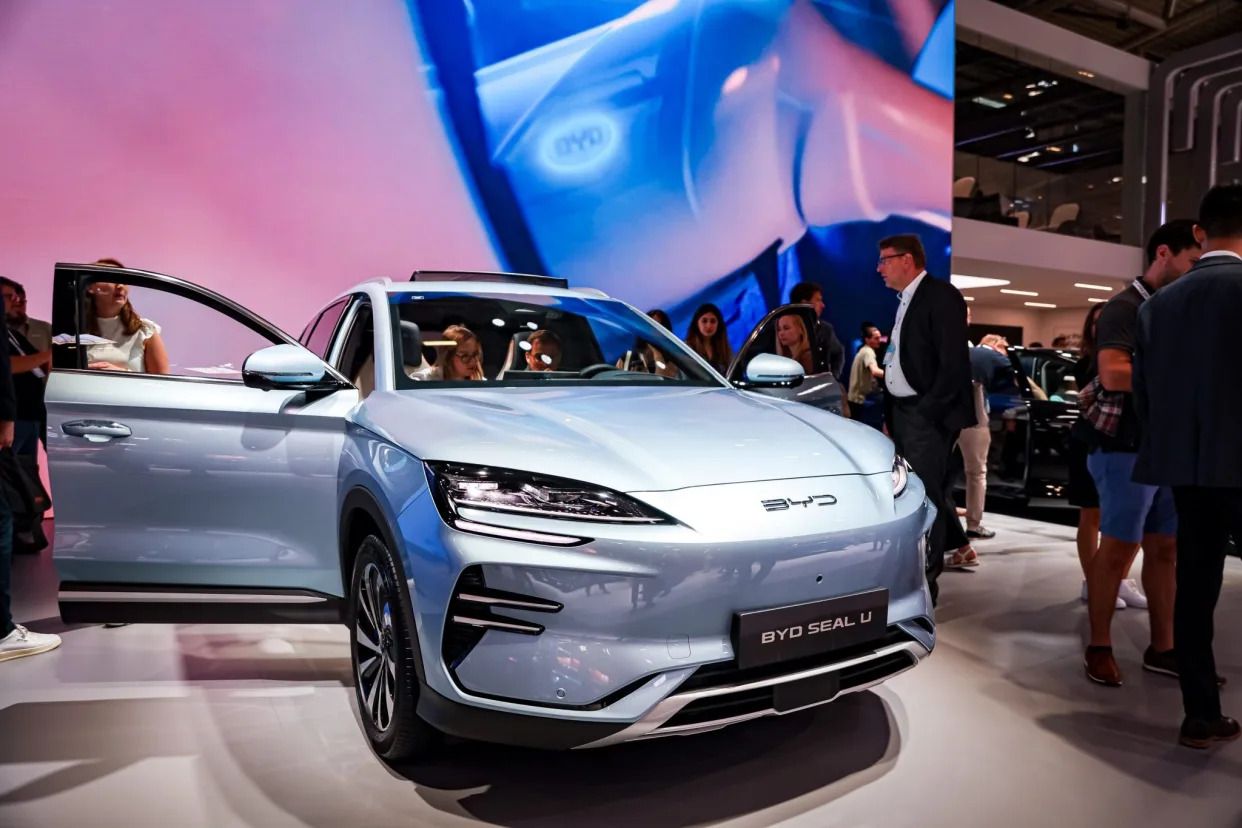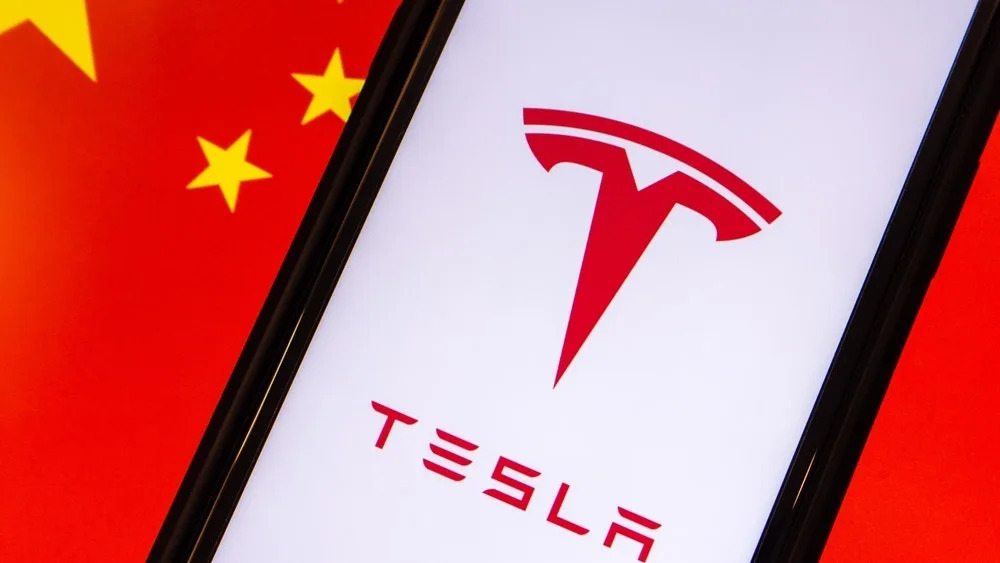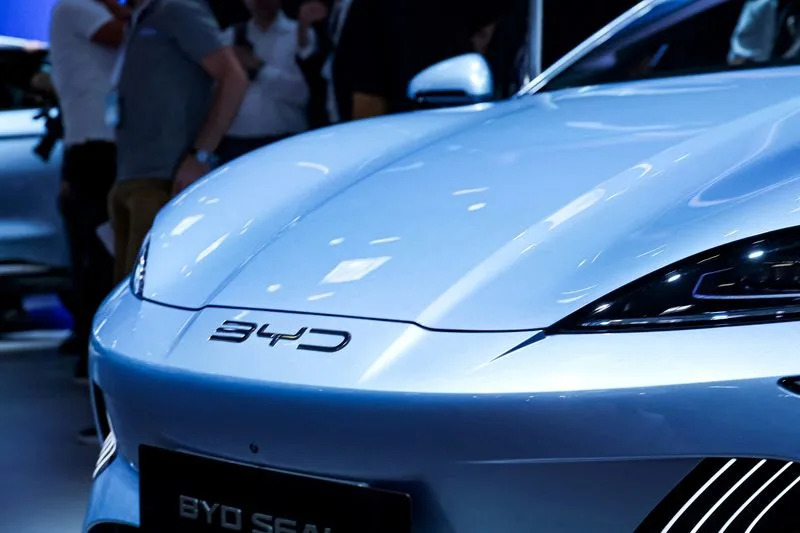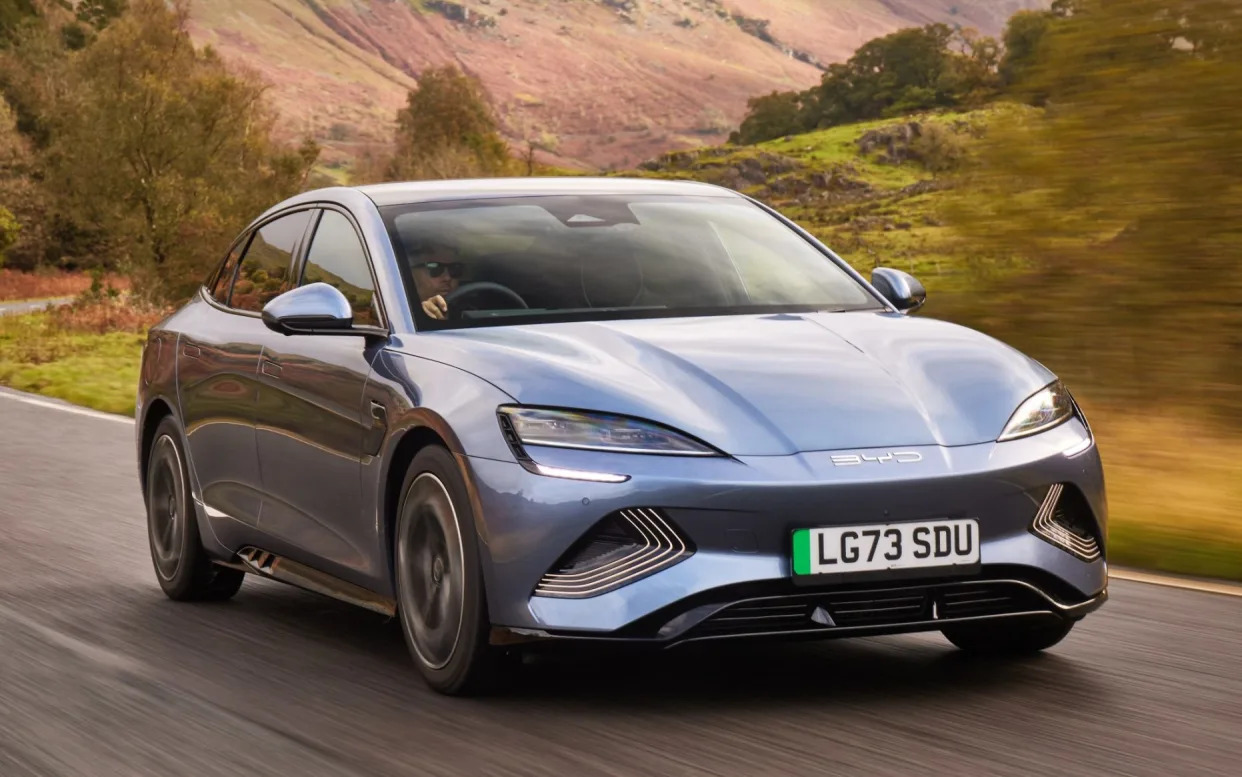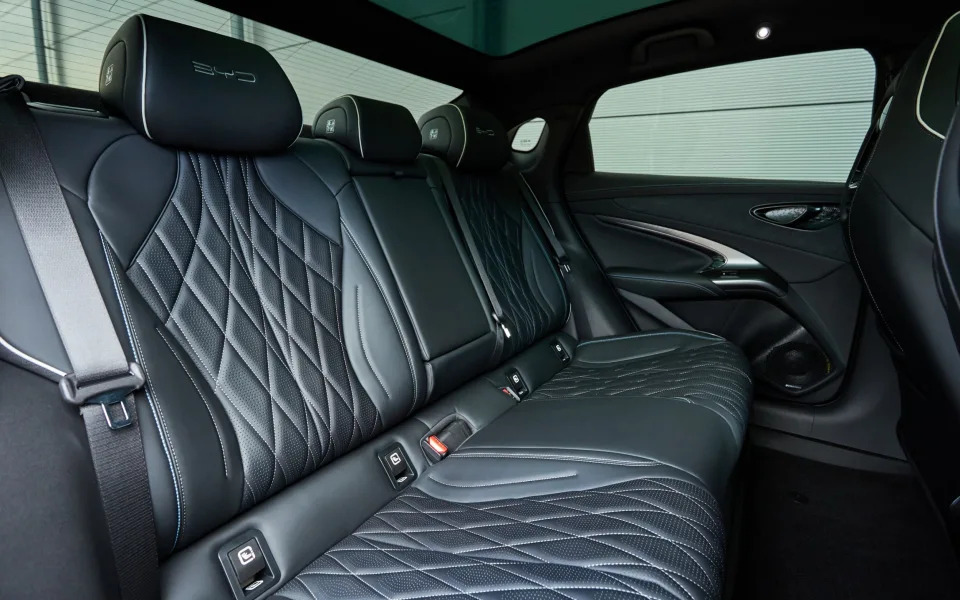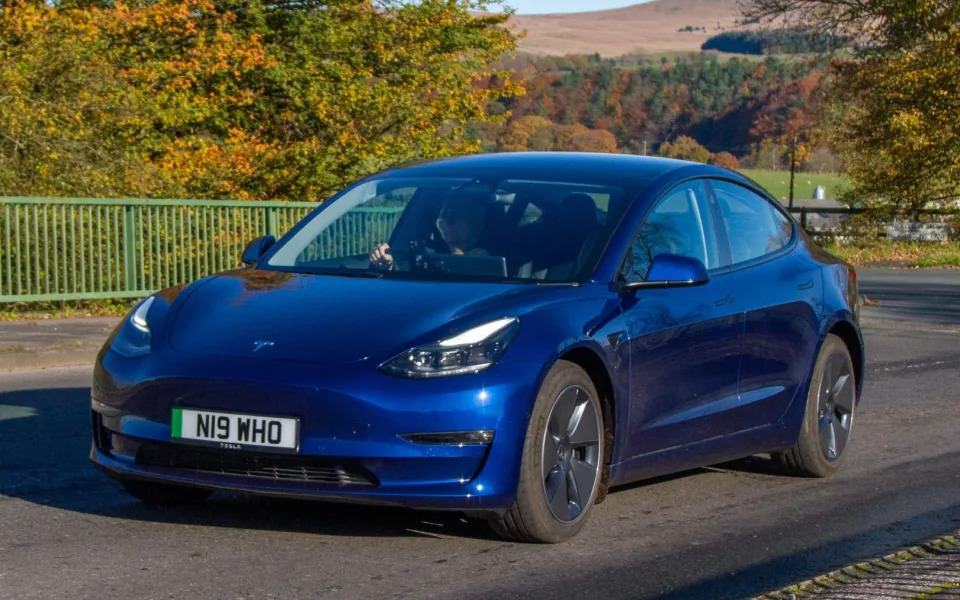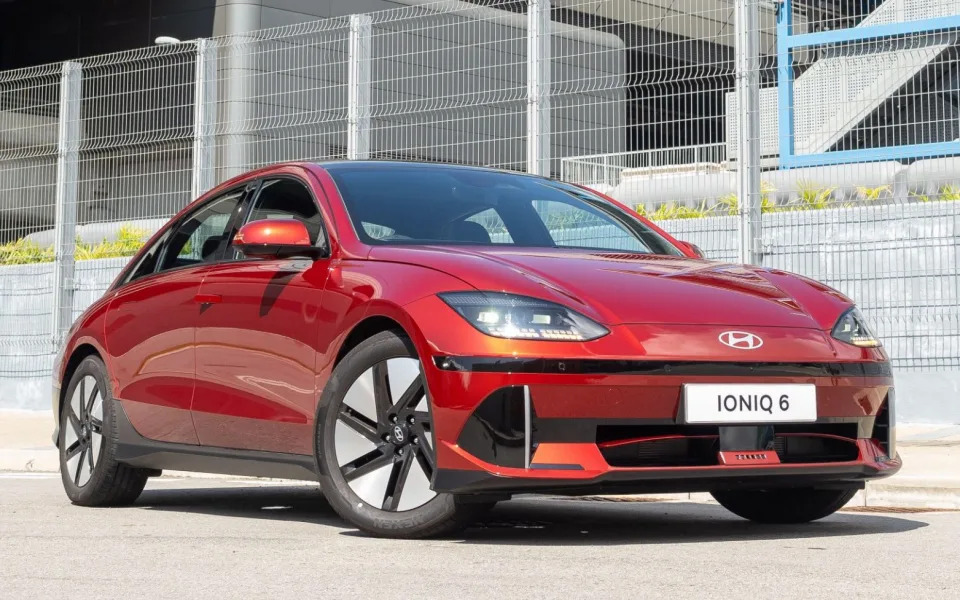Sarah Knapton
Fri, 2 February 2024

A German shepherd, which likely sits in the "assertive" personality group - NICK MEASURES/MOMENT RF
Dogs may come in all different shapes and sizes, but they have only five personality types, just like humans, scientists have found.
Researchers at the University of East London used an artificial intelligence algorithm to trawl through 70,000 behavioural records of dogs to find out if there were any common threads running through the breeds.
They found that all could be classified into the five groups: excitable/hyper-attached, anxious/fearful, aloof/predatory, reactive/assertive or calm/agreeable.
Humans can also be grouped into the “big five” personality types: extraversion, agreeableness, openness, conscientiousness, and neuroticism.
The team said that the anxious/fearful personality type in dogs corresponded to the trait of neuroticism in humans, while calm/agreeable linked with agreeable. But they said the other types were specific to canines.
Experts say the findings are important for helping pair dogs with their ideal owners. Excitable dogs, for example, need owners who can cope with their extra energy and neediness.
Likewise, it might be unwise to place anxious or aloof dogs in families with young children.
It could also be useful in selecting or training dogs for specific roles where their temperament is important, such as guide dogs or those used by the emergency services.
Dr Mohammad Amirhosseini, from the university, said: “This innovative AI-based methodology holds promise for revolutionising the selection and training of dogs for specific roles, both working and non-working.”
Behavioural problems
Nearly 50 per cent of people surrendering dogs to animal shelters cite behavioural problems as a contributory factor and roughly one in four cite them as the primary reason for giving up their pet.
To discover the personality traits, dogs in the database were scored on behaviours such as how they responded when unfamiliar people visited their home, or if they were jealous when their owner gave affection to another animal.
Anxious and fearful dogs were more likely to whine, jump up or try to intervene when the owner petted another animal, while calm and agreeable dogs did not seem to mind.
Calmer dogs were also less likely to chase birds or cats, and were quicker to learn new tricks or tasks.
Aloof/predatory dogs were more likely to show aggression to joggers, rollerbladers or skateboarders passing outside the home.
Reactive dogs tended to become aggressive when scolded or shouted at by their owners, as well as being likely to chase squirrels and cats. They were also fearful of sudden loud noises such as a vacuum cleaner being switched on or an object being dropped.
Stronger bonds
The experts say more research is needed to understand the nuances of canine personalities, but that the study should help foster stronger bonds between humans and their dogs, paving the way for more effective training programs and tailored pet-owner interactions.
The report concludes: “These personality clusters appear to be biologically meaningful, in the sense that they describe broad domains of canine temperament that would be recognizable to a majority of dog owners and handlers.
“These findings could provide a framework to explore personality matching between companion dogs and their owners and how this might contribute to the quality and durability of their relationships.
“The results of such studies could potentially generate insights regarding why dog-human partnerships succeed or fail, thereby reducing future rates of shelter relinquishment and euthanasia, and may also help to guide animal shelter and rescue groups towards more successful and mutually rewarding dog adoptions.”
Traditionally, dog personality assessments have relied on questionnaires and statistical analysis.
The new research applied machine learning techniques to behavioural data from the University of Pennsylvania’s C-Barq database, which contains more than 70,000 behavioural records.
The team is hoping that future research will be able to show if the personality clusters are influenced by genetics, age, sex, body size, neuter status, breed, previous history and the characteristics of their owners.
The study did not look at whether individual breeds had certain traits or whether personality could be altered with training.
The research was published in the journal Nature Scientific Reports.










